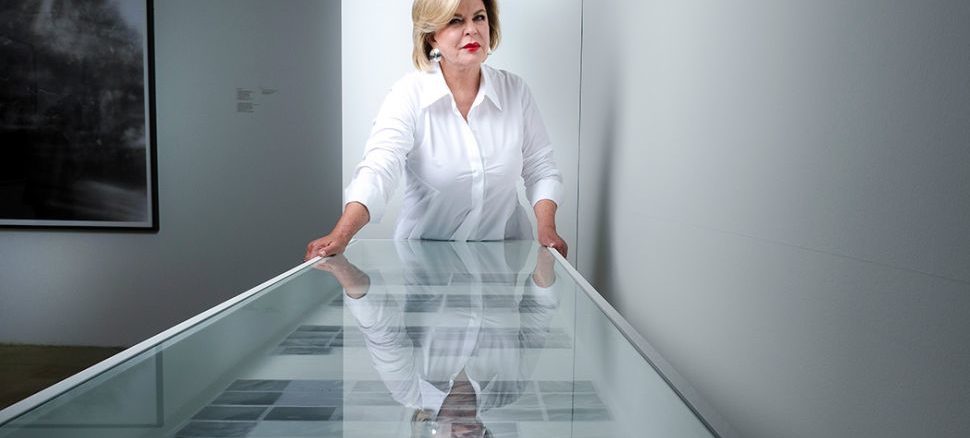
Cuban-born collector and philanthropist Ella Fontanals-Cisneros has dedicated the past four decades to the advancement of Latin American art. Since 2002, her Miami-based Cisneros Fontanals Art Foundation (CIFO) has granted more than $1.5 million to some 120 emerging and mid-career contemporary artists from Latin America. For its latest undertaking, CIFO, in conjunction with the Cisneros Fontanals Fundación Para Las Artes (CIFO Europa), has conceived of and produced “Adiós Utopia: Dreams and Deceptions in Cuban Art Since 1950,” on view at the Museum of Fine Arts, Houston through May 21. The largest exhibition of modern and contemporary art from Cuba to date, “Adiós Utopia” is accompanied by a comprehensive book sharing a title with the exhibition itself, and published by CIFO in both English and Spanish. Art+Auction’s Leah Rosenzweig spoke with Fontanals-Cisneros about the importance of presenting the untold history of art in Cuba and the challenges that emerge from examining a visual history that is, inevitably, tied to the island’s many years of isolation.
Why a show comprised entirely of Cuban works and why now?
It all began in 2011, long before the opening up of Cuba. I was meeting with artists in the country and one of them asked me, “Why haven’t there been any exhibitions of Cuban art that have really worked to explain what Cuban artists have gone through all these years?” And I said, “I really don’t know, do you think that’s something that is needed?” And she said, “Yes of course, we need somebody to tell our stories.” So in 2013, when I began to work on this show, I realized how strong the need was for this type of exhibition. Cuba is an island that has been secluded for much of the past half century. Even as recently as the last 10 years, artists there were not permitted to travel or connect with other artists outside of Cuba, so to finally allow the world and the American public to see this, to really learn about the lived experience of an artist in Cuba after all these years, is really the goal of this exhibition.
What were some of the political and sociological challenges artists in Cuba faced in the later half of the 20th century?
The artist, in general, represents an entire culture and a way of living, so for the Cuban artist, this task was much more strenuous than it was for, say, artists from Europe or other parts of Latin America, because they lacked the materials. Throughout the 1970s and ’80s, it was very difficult not only to acquire materials, but also to acquire books containing information about what was happening outside of Cuba. And for artists, especially, there were no collectors and absolutely no market. They were making art for the sake of art, so the exhibition really represents and exposes artists’ experience of life in Cuba moment-to-moment.
How has the market for Cuban art changed in the past few decades?
Just 30 to 40 years ago Cuban artists were simply giving their works away for free or sometimes even throwing it away. By the end of the 1980s, there was this huge exodus of Cuban artists, first into Mexico and then across the border and into the United States. The government prohibited them from exploring certain themes in their art—abstract art, and art in general was censored heavily during those days—and so many artists decided to leave the country. Also, at that time in Cuba there was a ban stating that you could not have any foreign currency. You’d be sentenced to 20 years in jail if they found you with American dollars in your pocket, so it was extremely difficult to sell anything. Starting in 2014, though, with President Obama’s loosening of the embargo, American collectors really came into Cuba for the first time. Today big trucks wait to load works outside the homes of prominent Cuban artists.
How did you select the curators for the show?
I didn’t want to choose the curators based on the biggest names. I knew the best way to do this was to find people who are in Cuba and understand the complexities of the island and the artistic experience. So I chose Elsa Vega, who has been the curator of Cuban art at the Museo Nacional de Bellas Artes (MNBA) since 1993; Gerardo Mosquera, who is a critic and was the co-founder of the Havana Biennial in 1984; and René Francisco, who has been a professor to Cuba’s newest generation of artists at Havana’s Instituto Superior de Arte (ISA) since the 1990s. I really began creating this exhibition with the help of these curators, who were so in tune with the island’s intricate and complicated art history.
Rather than a traditional exhibition catalogue, you’ve published a book. Why?
When cifo began to conceptualize this exhibition, we came up with more than 400 pieces, which of course is far too many for any museum to hold. When I realized I would have to cut most of the works from the show, I became very worried about what would happen to the voices of these artists who had played a pivotal role in telling the story of Cuba’s history. So I decided I was going to make a book, and in that book, I was going to bring together all of these artists. It’s a very didactic book because it tells the entire story of modern and contemporary art in Cuba. It can serve everyone from educators and researchers to the general public.
Are there future plans for “Adiós Utopia”?
In November, “Adiós Utopia” will travel to the Walker Art Center in Minneapolis. After that, the ideal situation would be to take it to Europe. The exhibition was originally planned to be shown at the Hirshhorn, but the museum pulled out. I think some institutions are fearful of political implications, but the truth is, this is our history. Through these works, we’re telling the truth about what happened in Cuba during many decades of isolation—something that’s never really been done before.
Read on Blouin Art Info

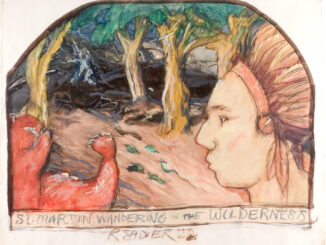

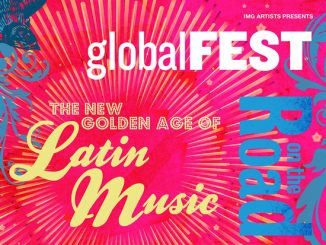
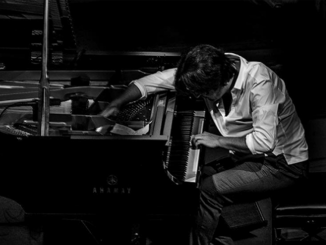
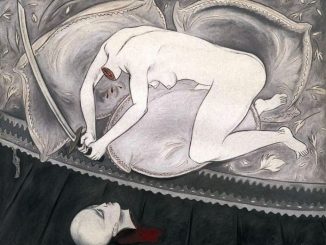

Be the first to comment